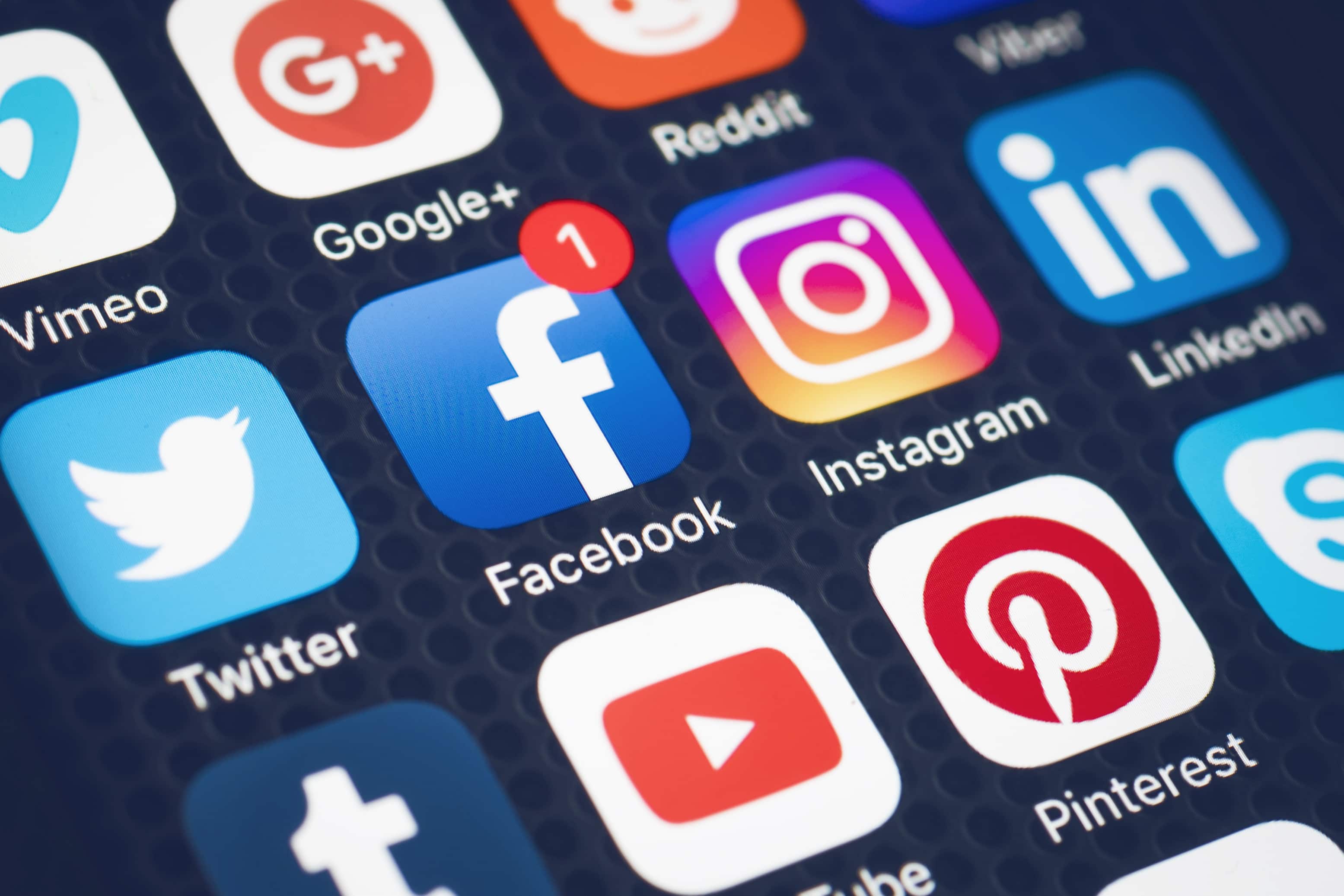Hello!
The business I chose to look at is Nemesis Boutique.
Some things I will focus on while assessing their business are as follows:
- Does the company do a good job communicating on its website and social media platforms? Provide examples.
- On the company website, what is featured at the top, in the middle, and at the bottom of the home page? Why do you think they have it organized this way? In your opinion, is it effective?
- Does the business communicate an identity online? Provide examples.
- Where could the company improve its online communication?
This company does do a great job communicating both on their website and social media platforms. This business has several social media platforms in which they post to often including Instagram, TikTok, and Facebook. They do a great job of communicating because on TikTok, for example, they box customers' orders with permission, which allows for their business to be completely transparent. On Instagram, another example, they ask for opinions on what customers want to see as well as post updates on promo codes and sales.
On the company website, at the top, is links to their social media, the company name, shipping time, website tabs, cart, and a member login. I think they have organized it this way to make it easy for customers to navigate as they have the big sections that people would normally go to such as, contact, policies, etc. They also probably organized it this way to make communicating easier as not only is the contact information tab listed at the top of the page but also the social media icon links. In the middle of the page is the logo, a shop button, and their message to customers. I believe that they placed this here because it is what they want customers to see first. At the bottom of the page are some featured items available on their shop. This is placed here most likely so the viewers can have a quick look at some of the fun deals this business has to offer.
This business creates an identity focused on using natural ingredients and making handmade products. They are focused on creating candles that have a positive impact on their audience. They present their business as having a lot to choose from and making the process as individualized as the customer wants it. They really focus on making products handmade FOR the customer.
On its online communication, the company could improve by adding a live chat to their website for example. This company already does a great job in communicating online and I don't know what else they could add to make it better.
Nemesis Boutique
Crystal Point Pillar Candle — Nemesis Boutique








